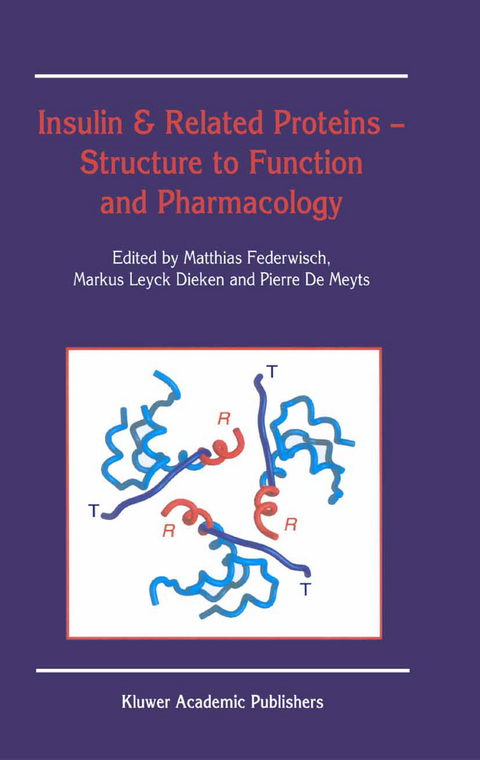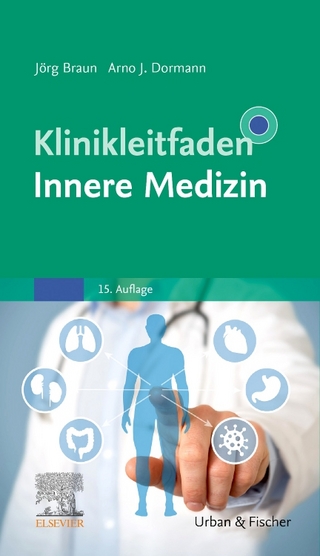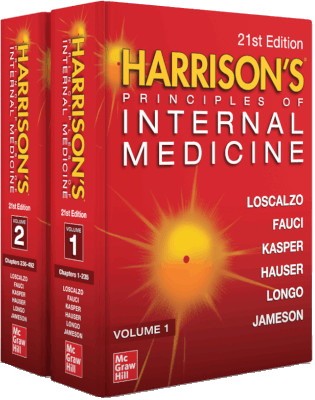
Insulin & Related Proteins — Structure to Function and Pharmacology
Springer-Verlag New York Inc.
978-1-4020-0655-5 (ISBN)
This book contains contributions presented at the last of the Alcuin Symposia, held in April 2000, as a Festschrift to honour Prof. Axel Wollmer on the occasion of his retirement from the Rheinisch-Westfälische Technische Hochschule (RWTH) Aachen. The Alcuin Symposia were initially held alternatively in York and Aachen, in recent years in Aachen only, as joint workshops on insulin between the groups of Prof. Guy Dodson in York and the groups of Profs Dietrich Brandenburg and Axel Wollmer in Aachen. The Symposium was named after Alcuin, an Anglo-Latin poet, educator and cleric from York, who was invited to join the court of Charlemagne at Aachen. Alcuin’s first 50 years were spent in Yorkshire, were he was first a pupil, later headmaster of the cathedral school of York, the most renowned of its day. Charlemagne was gathering at Aachen the leading Irish, English and Italian scholars of the age. Alcuin was appointed head of the Palatine school, where Charlemagne himself, his family, his friends, and his friends’s sons were taught. Alcuin introduced the traditions of Anglo-Saxon humanism into Western Europe and was the foremost scholar of the revival of learning known as the Carolingian Renaissance. He also promoted the use of the beautiful Carolingian minuscule script, the ancestor of modern Roman typefaces.
How Insulin Came from Heidelberg to Aachen and Why it Took Five Years.- Insulin at the German Wool Research Institute-Retrospect and Outlook.- Insulin: Sequence, Structure and Function - A Story of Surprises.- The Association/Dissociation Equilibria of Insulin in the Presence of Metal Ions: A Fluorescence Energy Transfer and Circular Dichroism Study.- Self-Association of Insulin Reconsidered.- Self-Association of Insulin Reconsidered.- T-R Transition.- Comparison of Conformational Transitions in Proteins.- Activities of Insulin Analogues at Position A8 are Uncorrelated with Thermodynamic Stability.- Relationships between the Structure of Insulin and its Physiological Effects.- Structure-Function Relationships of Insulin and Insulin-Like Growth factor-I Receptor Binding.- Structural Relationships between Members of the Insulin Receptor Family.- Insulin Interaction with Minimized Receptors and Binding Proteins.- Identification of Susceptibility Loci for Obesity, Insulin Resistance, and Hyperglycemia in a Backcross Model of New Zealand Obese (NZO) and Lean SJL Mice.- Activation Mechanism of Fibroblast Growth Factor Receptor Tyrosine Kinase Revealed by Crystal Structure of Fibroblast Growth Factor Receptor Ectodomain Bound to Fibroblast Growth Factor and Heparin.- IL-6 Type Cytokine Receptor Complexes.- Inhibition of Growth Factor Stimulated Pathways for the Treatment of Prostate Cancer.- Molecular Dynamics Simulations of Carbonmonoxy Myoglobin and Calculations of Heme Circular Dichroism.
| Zusatzinfo | XIV, 252 p. |
|---|---|
| Verlagsort | New York, NY |
| Sprache | englisch |
| Maße | 156 x 234 mm |
| Themenwelt | Medizinische Fachgebiete ► Innere Medizin ► Diabetologie |
| Medizinische Fachgebiete ► Innere Medizin ► Endokrinologie | |
| Medizin / Pharmazie ► Medizinische Fachgebiete ► Pharmakologie / Pharmakotherapie | |
| Naturwissenschaften ► Biologie ► Biochemie | |
| ISBN-10 | 1-4020-0655-1 / 1402006551 |
| ISBN-13 | 978-1-4020-0655-5 / 9781402006555 |
| Zustand | Neuware |
| Haben Sie eine Frage zum Produkt? |
aus dem Bereich


